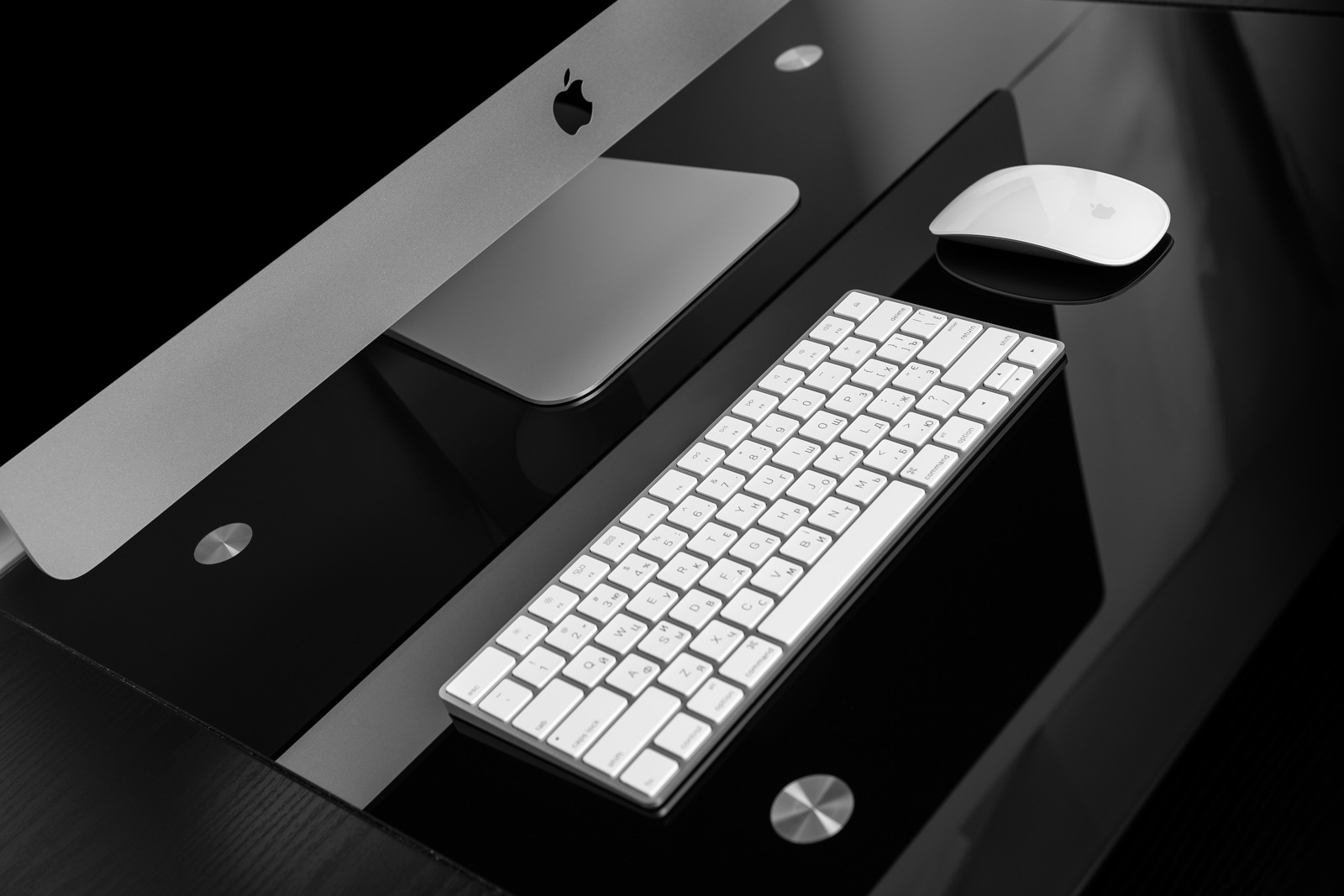Deleting apps on an iPhone or iPad couldn't be easier. But how exactly do you do it on an iMac or MacBook? Deleting apps on macOS is known to be easier than on Windows - but despite the various options, there are a few points that need to be taken into account. There are also applications that can never be deleted.
Operating a Mac device is generally much more pleasant and easier than with Windows. There are even several options for deleting apps on a Mac. The easiest method is to drag an app into the trash and then empty it. That's it - in theory. Unfortunately, this does not apply to all apps. There are often applications that store settings files in the library left by macOS. These may take up little memory, but small things add up. This is where third-party apps often come into play, which search for exactly these files and delete them permanently. But before you use such software, you should know the two most important ways to delete apps on a Mac.
How to Delete Apps on Mac Using the Trash
- First, close the application you want to delete.
- Then search for the app in Finder and select it.
- Now you can drag the application to the trash.
- Now select the “Empty” command or right-click on the Recycle Bin and then confirm the “Empty Recycle Bin” option.
- If a warning message appears, confirm it to complete the deletion process.
- Now restart your Mac.
If you try to delete a running app, you will receive an error message. In some exceptions, you can continue the deletion process by confirming it separately. Depending on the application, you may be asked for a username and password or asked to authorize the process with your Apple Watch - if you have one.
How do I delete apps on a Mac using Launchpad?
Of course, an app on the Mac can also be deleted via the Launchpad and this is how it works.
- Quit the app if it is running.
- Now open the Launchpad by clicking on it in the dock.
- Alternatively, you can access the Launchpad via the Finder under “Applications” or via Spotlight.
- Now click on an app in the Launchpad and hold it down.
- Now all applications will wobble and some of them will have a small “X” above the icon on the right side.
- The wobble animation can also be triggered by holding down the Option key.
- Now you can simply click on the small “X” symbol on the respective app to delete it directly.
- After clicking on the “X” you only have to confirm the process.
This method of deleting apps on macOS should be familiar to every iPhone or iPad user, as it is similar to the iOS or iPadOS principle. However, not every application can be removed from the Mac in this way. If you remove an Apple app using this method, you can be sure that applications such as Pages, Numbers and more have actually been deleted. The situation is different with Google Chrome or Adobe Creative Cloud, for example. These apps must be moved to the trash manually.
Some applications cannot be deleted on Mac
There are exceptions, however. Do you know the chess app? Every version of macOS has chess - an incredibly great game, by the way, but not for everyone. Whatever. If you want to delete the app, you will despair. It cannot be removed from the Mac. So you'd better learn chess or just ignore it. There is actually a way, but I wouldn't advise anyone to do that. If the security features for system integrity protection are disabled, the app can be removed. However, a lot can go wrong with that - so my advice is: learn to play chess. So as soon as you've deleted an app on your Mac, you should definitely restart the system.
After deleting an application on macOS
When it comes to leftover data, it's always a good idea to use software. There are a few, but some are worse than others. Hazel is a Mac utility that has many features, including removing leftover data. It's generally considered good and recommended by many portals. If you're seriously interested in such an application, I recommend you compare it - there may be better alternatives. By the way - if you only want to remove an app temporarily to use the memory for something else for a short time, you can also simply drag the app to an external drive. The application can also be started from there. This would be recommended for apps that aren't used very often, for example. (Photo by Ruslan Ivantsov / Bigstockphoto)





